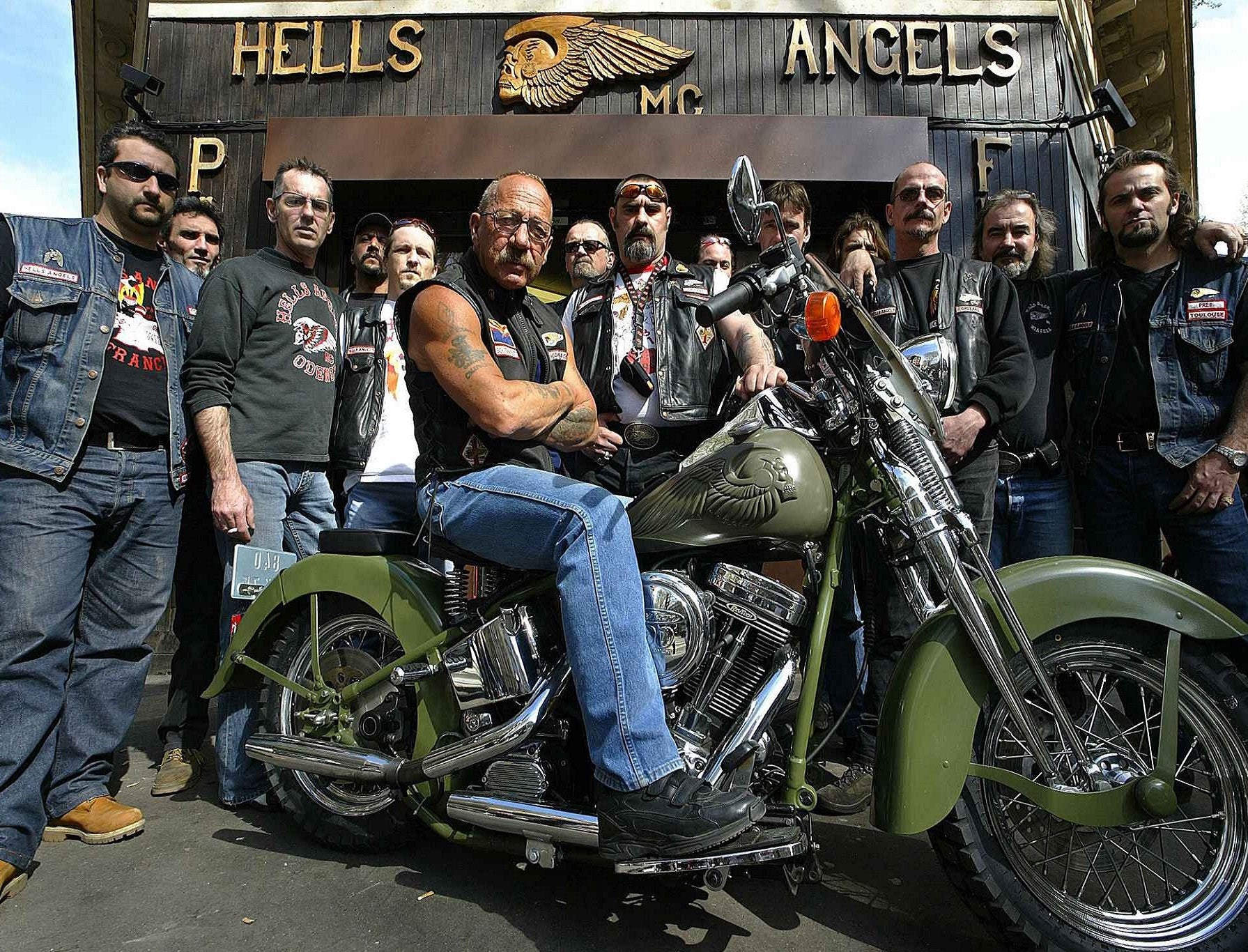Hells Angels: Membership, Rules, And Operations

Table of Contents
Hells Angels Membership: A Path to the Patch
Becoming a full-fledged member of the Hells Angels is a rigorous and selective process, far from a casual affair. Aspiring members navigate a complex path, starting long before they ever don the iconic "colors." The journey to earning a patch involves several distinct stages, each demanding unwavering loyalty and adherence to the club's often-unwritten rules. Understanding these stages provides crucial insight into the club's structure and the commitment expected of its members.
-
Hangarounds: This initial phase involves observing club activities and demonstrating interest. Hangarounds are not members but are permitted to attend events and socialize with existing members. This period is a crucial vetting process.
-
Prospects: Once accepted as a prospect, the individual embarks on a probationary period, often lasting several years. Prospects perform various tasks, errands, and duties for the club, proving their worthiness and loyalty. This period is a rigorous test of commitment and character.
-
Full Members: After successfully completing the prospect period, a prospect may be voted in as a full-fledged member. This is a significant milestone, signifying complete acceptance into the club and granting full rights and privileges. The coveted "colors" – the Hells Angels vest and patches – are awarded at this point, signifying membership and status within the club's hierarchy. These patches are far more than mere clothing; they represent years of dedication and the passing of stringent criteria.
The requirements for membership are not publicly disclosed, but it is widely understood that a strong commitment to the club, an adherence to its often-secretive rules, and, historically, a certain level of experience within criminal subcultures, are all crucial factors.
The Internal Rules and Hierarchy of the Hells Angels
The Hells Angels operate under a strict internal hierarchy and a complex system of rules and bylaws. Maintaining order and ensuring loyalty are paramount, enforced through a clearly defined chain of command. Understanding this structure is vital to grasping the club's operational effectiveness.
The club's hierarchy is typically organized with a President at the top, followed by Vice Presidents, Sergeant-at-Arms, and other officers, all playing specific roles in maintaining club operations and enforcing discipline.
- President: The ultimate authority within a given chapter.
- Vice President: Second-in-command, often responsible for day-to-day operations.
- Sergeant-at-Arms: Responsible for enforcing club rules and discipline.
While the exact bylaws and code of conduct remain largely secret, it is understood that loyalty, secrecy, and respect for the club's established order are non-negotiable. Breaching these fundamental principles can lead to severe consequences, ranging from expulsion to far more serious repercussions.
- Key Rules (general examples):
- Absolute loyalty to the club.
- Strict adherence to the chain of command.
- Maintenance of secrecy concerning club activities.
- Participation in club events and activities.
Hells Angels Operations: Business and Criminal Activities
The Hells Angels present themselves as a social motorcycle club, yet their history is undeniably intertwined with various criminal activities. This has led to extensive investigation and prosecution by law enforcement agencies worldwide. While the club maintains it's a social organization, its operational structure and documented history suggest a significant involvement in organized crime. It's important to note that these claims are based on extensive investigations and court findings, not direct endorsements.
- Alleged Criminal Activities: Investigations have linked the HAMC to various criminal activities, including:
- Drug trafficking
- Weapons smuggling
- Money laundering
- Racketeering
- Extortion
While some chapters may attempt to generate income through legitimate businesses, these often appear to be a means of concealing or supporting their criminal operations. The club's operational structure, with its hierarchical command and emphasis on secrecy, appears designed to facilitate these activities, enabling them to operate with relative impunity.
Conclusion
This article provided an overview of the Hells Angels Motorcycle Club, exploring its intricate membership process, rigid internal rules, and complex operational structure. While the club presents itself as a social organization, understanding its history and reported activities offers crucial insight into its true nature. The information presented is based on extensive public reporting and investigations; it is vital to approach the topic with a critical and responsible mindset.
Want to learn more about the fascinating and controversial world of biker gangs? Continue exploring the intricate details of Hells Angels: Membership, Rules, and Operations by researching further reputable sources. Remember that engaging with this subject requires critical thinking and responsible sourcing. Avoid perpetuating harmful stereotypes or glorifying illegal activities.

Featured Posts
-
 Open Ai Unveils New Tools For Easy Voice Assistant Development
May 26, 2025
Open Ai Unveils New Tools For Easy Voice Assistant Development
May 26, 2025 -
 Monako Parisi I Nea Vathmologia Tis Euroleague
May 26, 2025
Monako Parisi I Nea Vathmologia Tis Euroleague
May 26, 2025 -
 Moskva Nagrazhdenie Pobediteley 47 Go Moskovskogo Mezhdunarodnogo Kinofestivalya
May 26, 2025
Moskva Nagrazhdenie Pobediteley 47 Go Moskovskogo Mezhdunarodnogo Kinofestivalya
May 26, 2025 -
 Jadwal Lengkap Moto Gp Inggris 2024 Saksikan Aksi Para Pembalap
May 26, 2025
Jadwal Lengkap Moto Gp Inggris 2024 Saksikan Aksi Para Pembalap
May 26, 2025 -
 Jadwal And Hasil Moto Gp Inggris 2025 Saksikan Live Di Trans7 And Spotv
May 26, 2025
Jadwal And Hasil Moto Gp Inggris 2025 Saksikan Live Di Trans7 And Spotv
May 26, 2025
